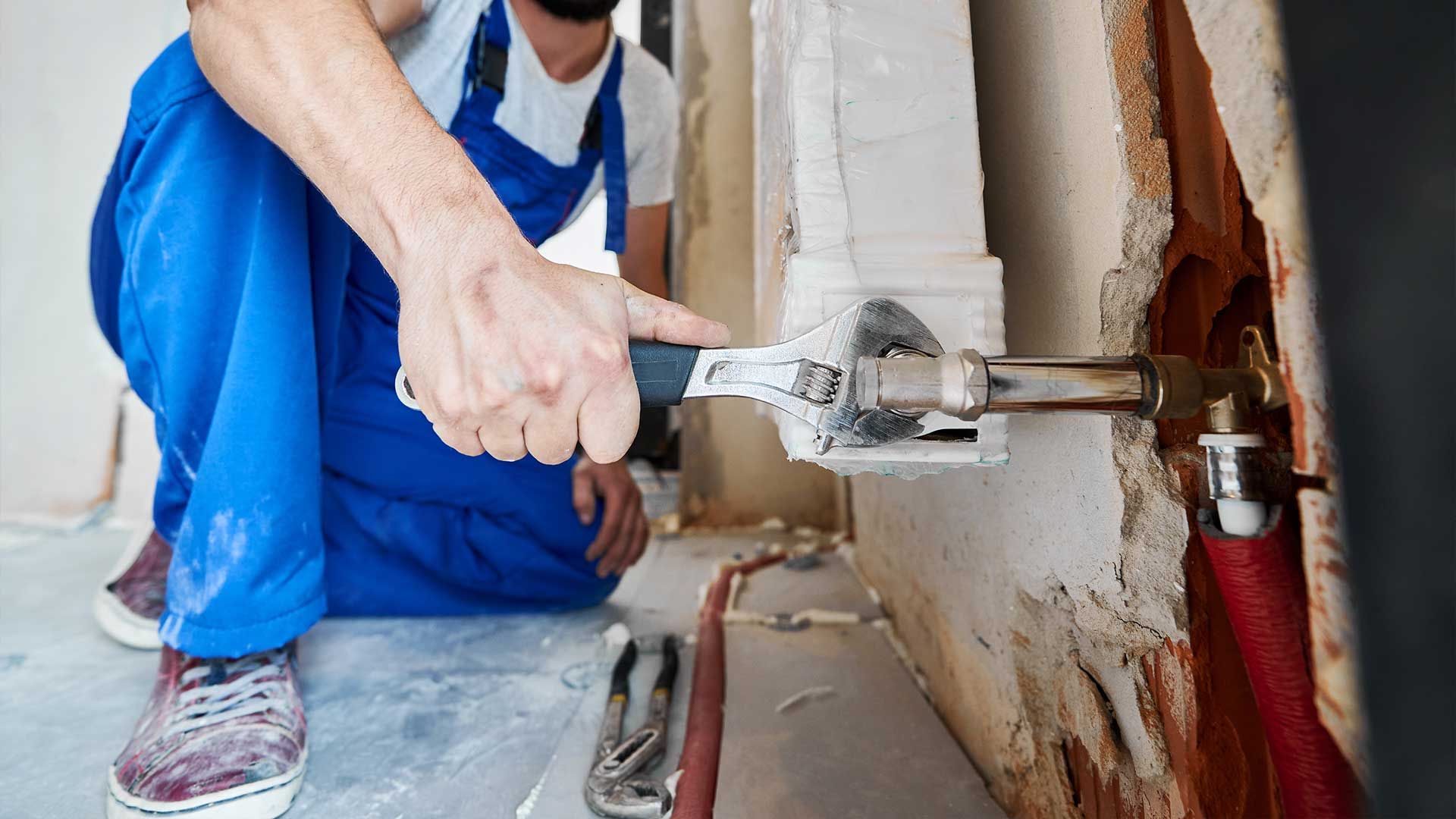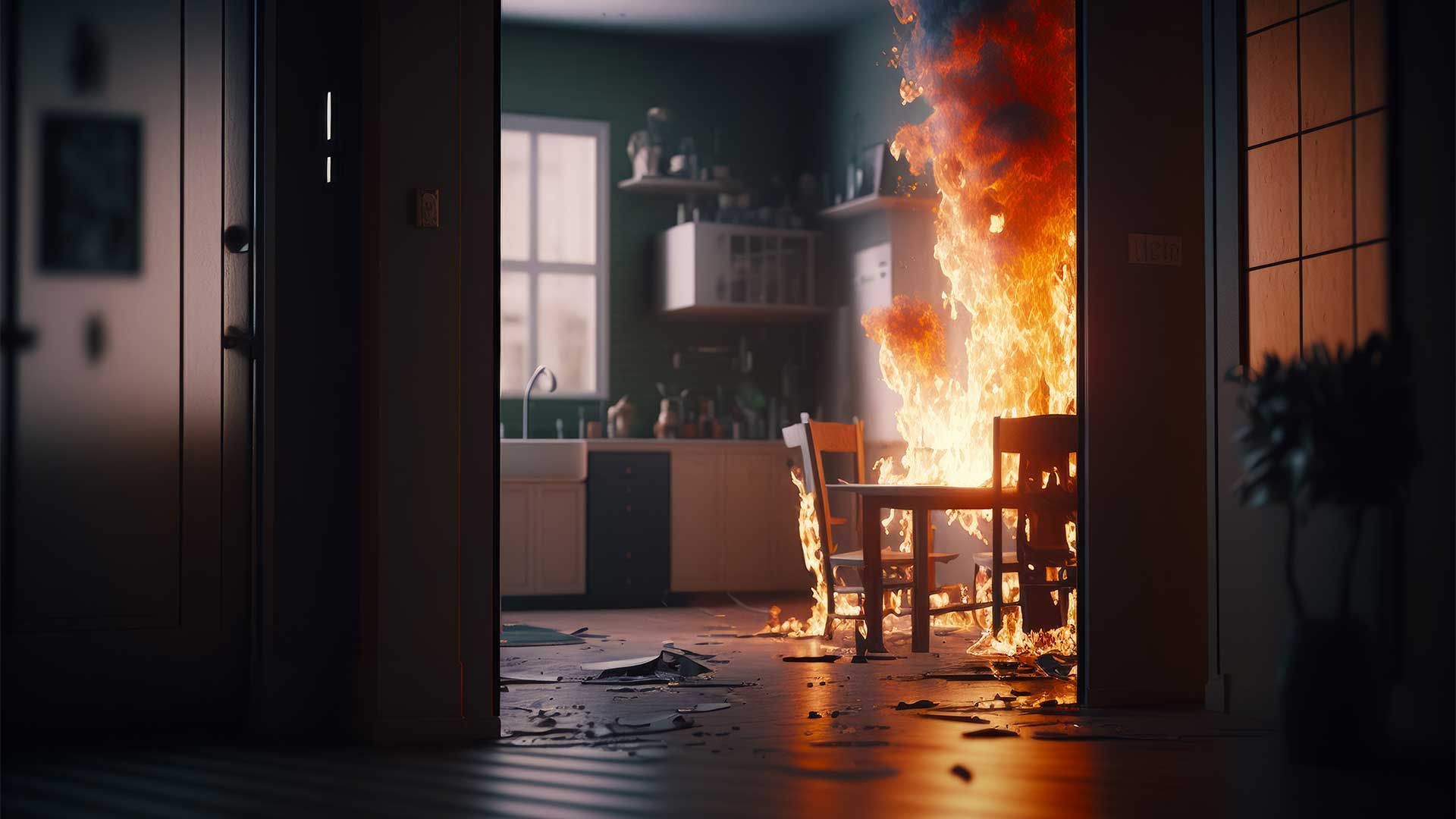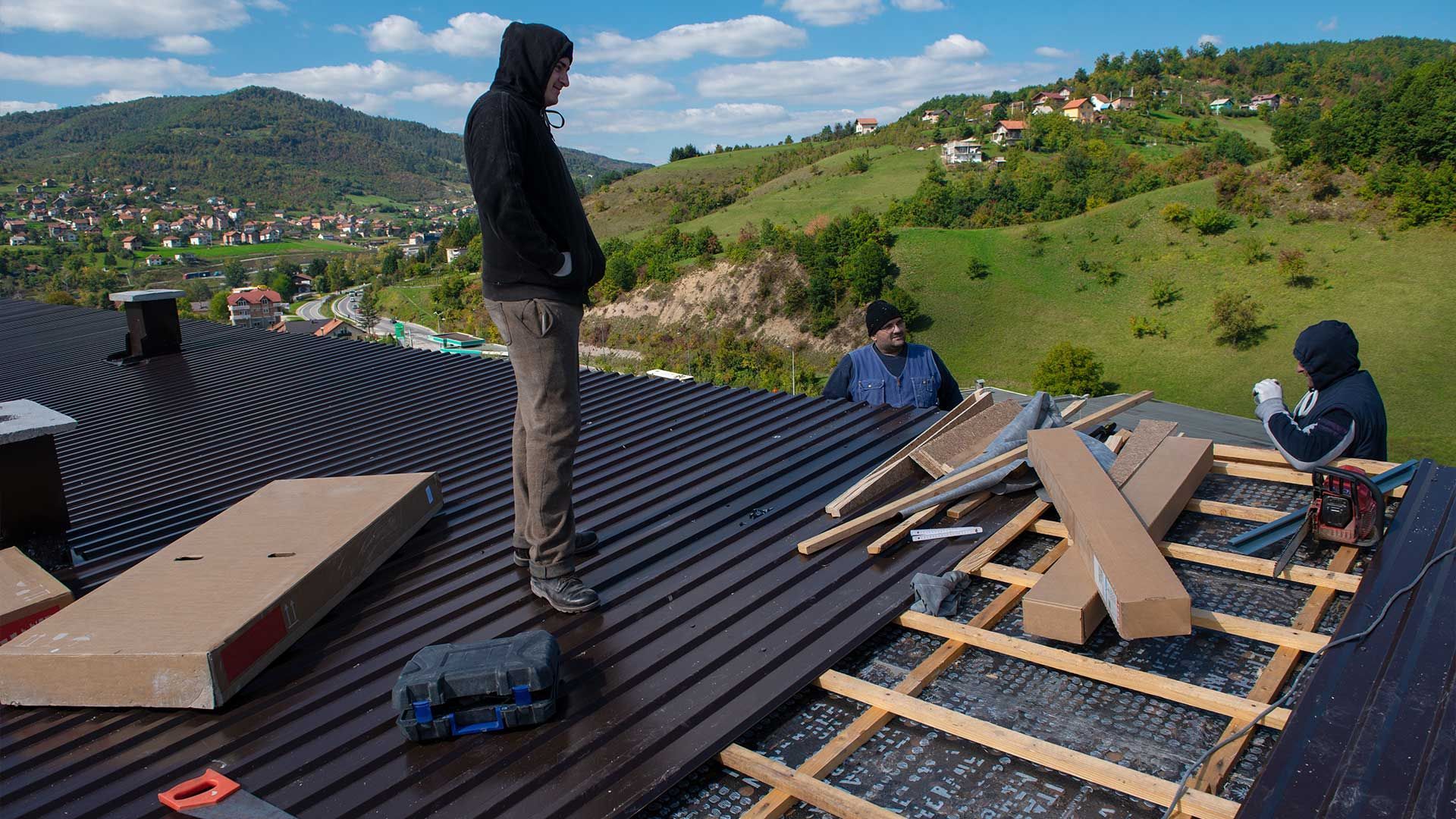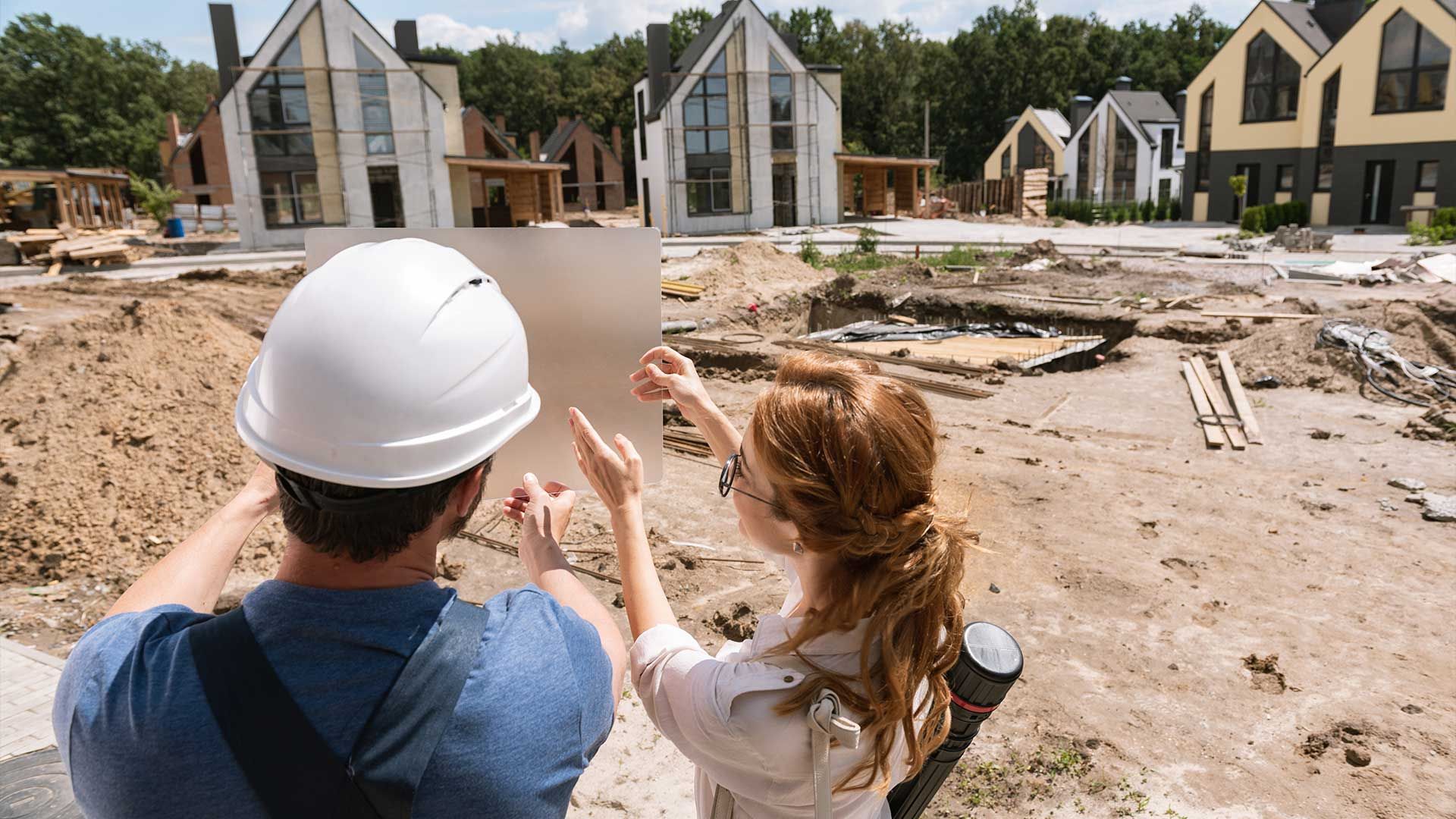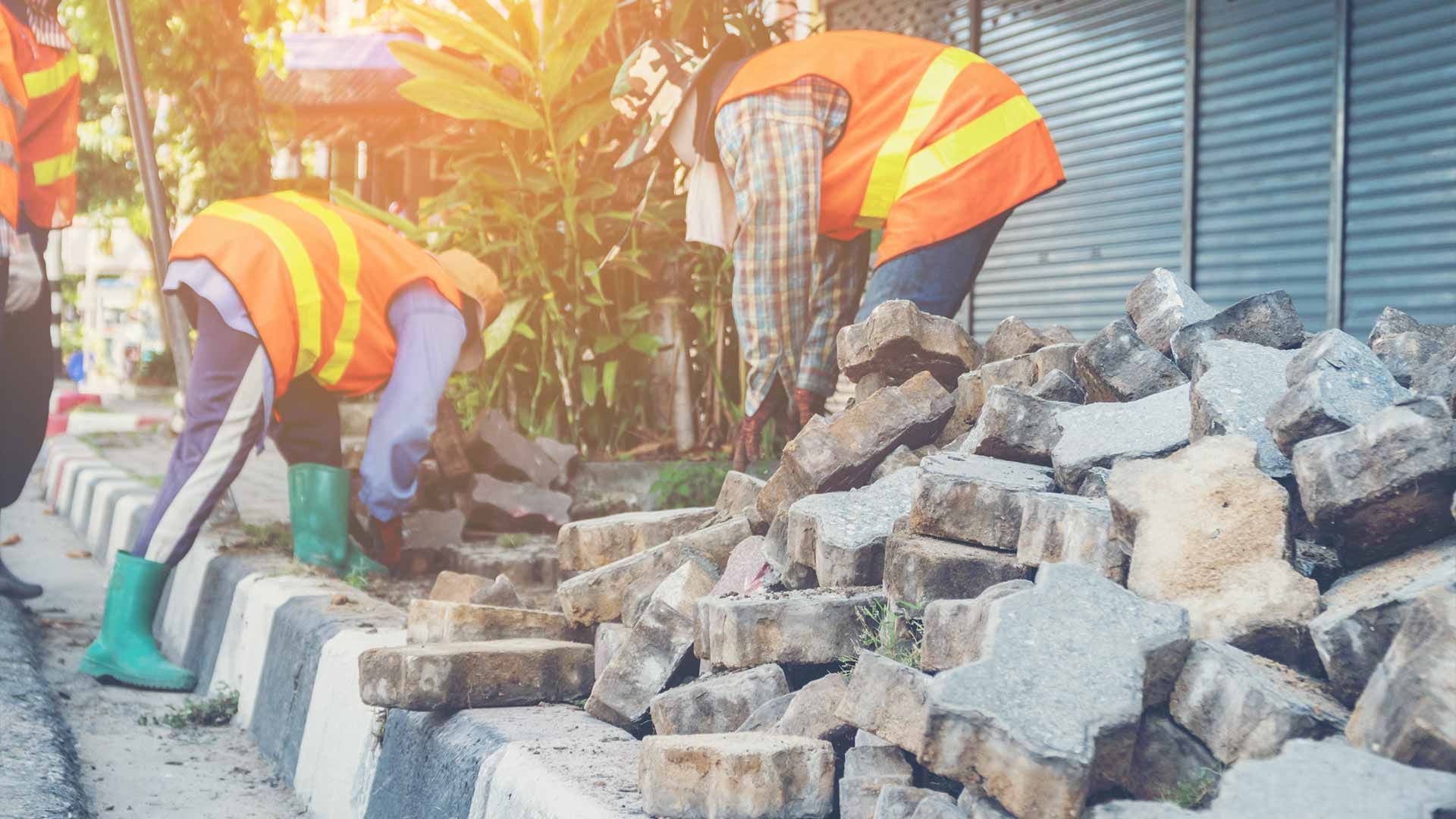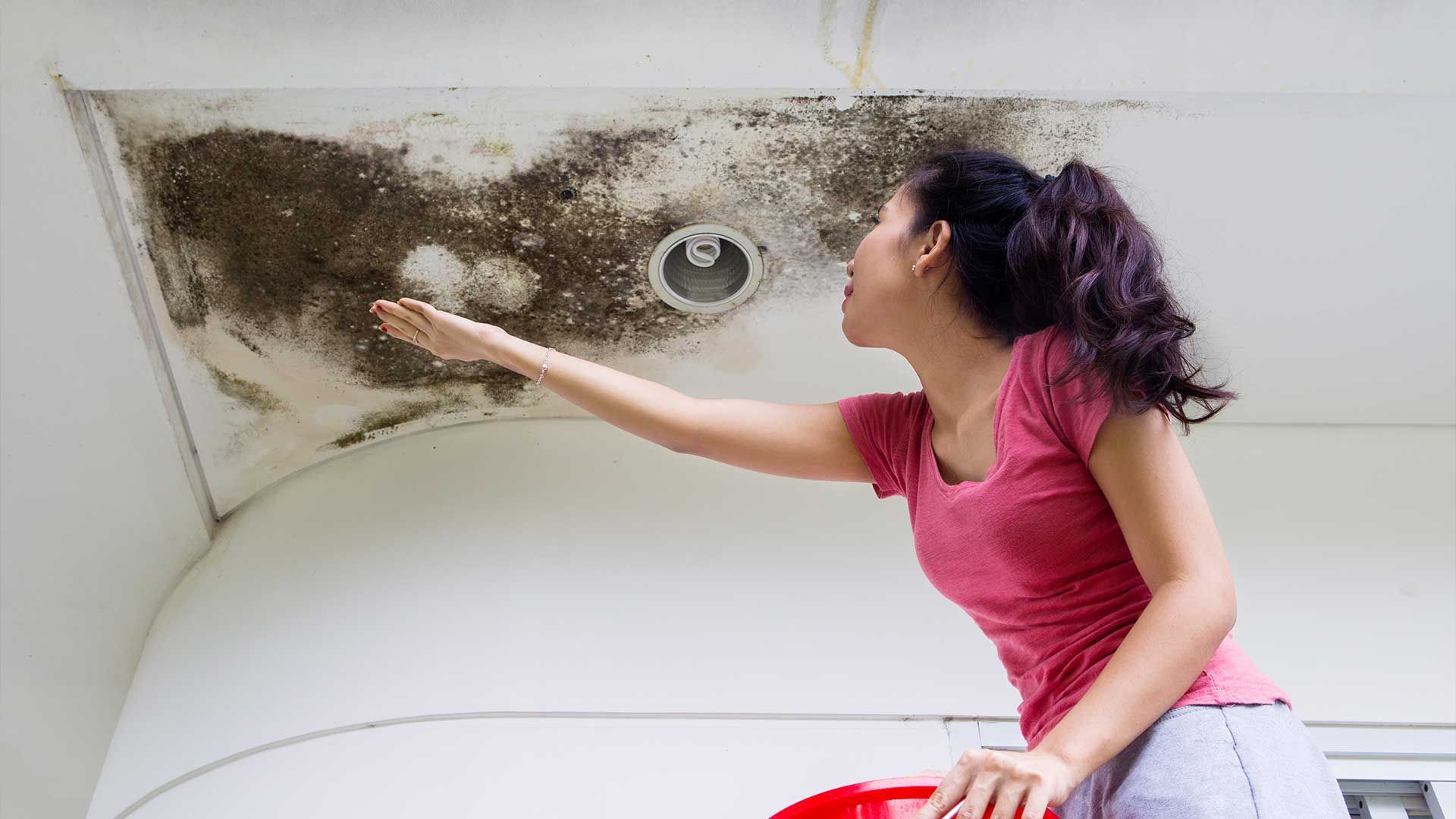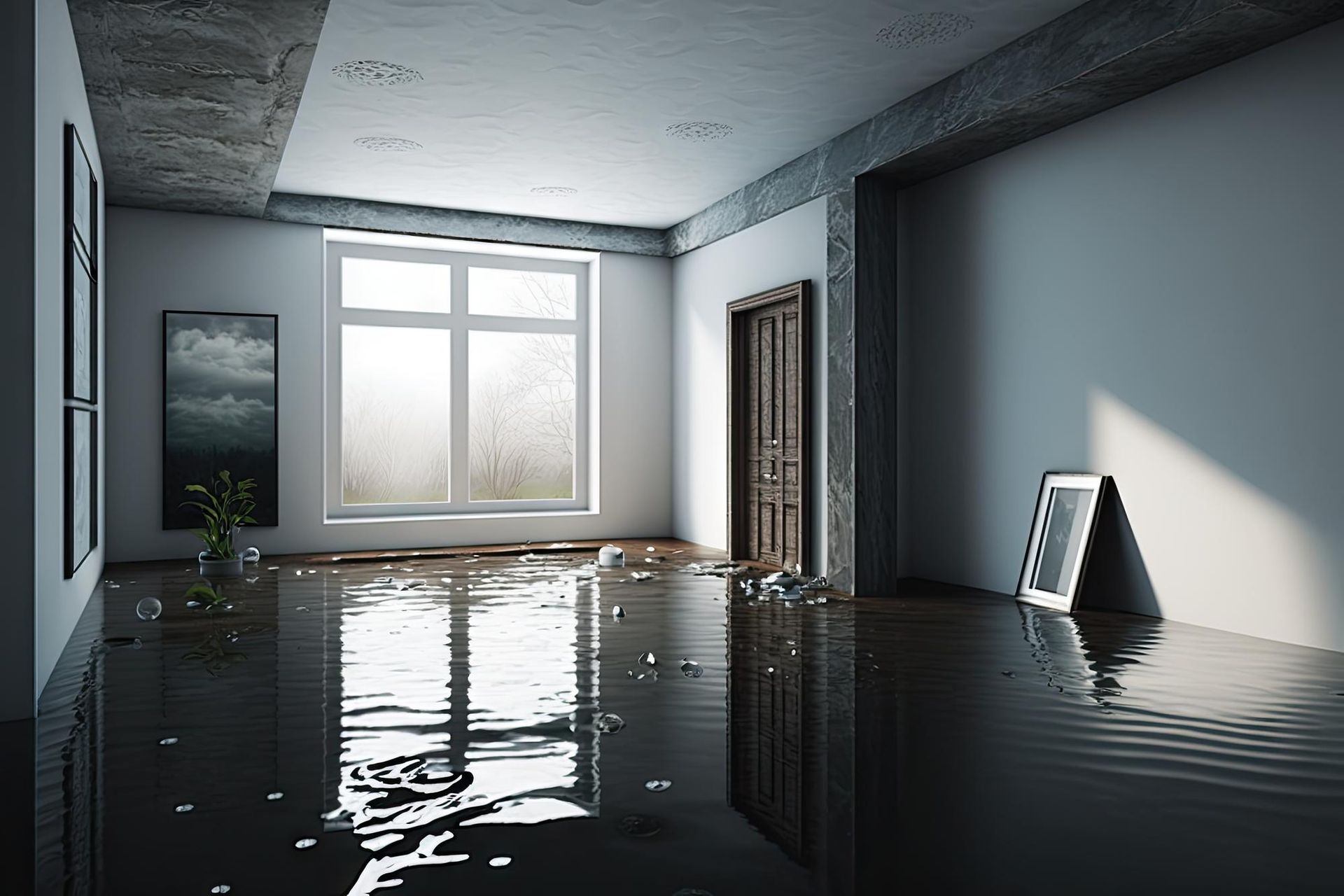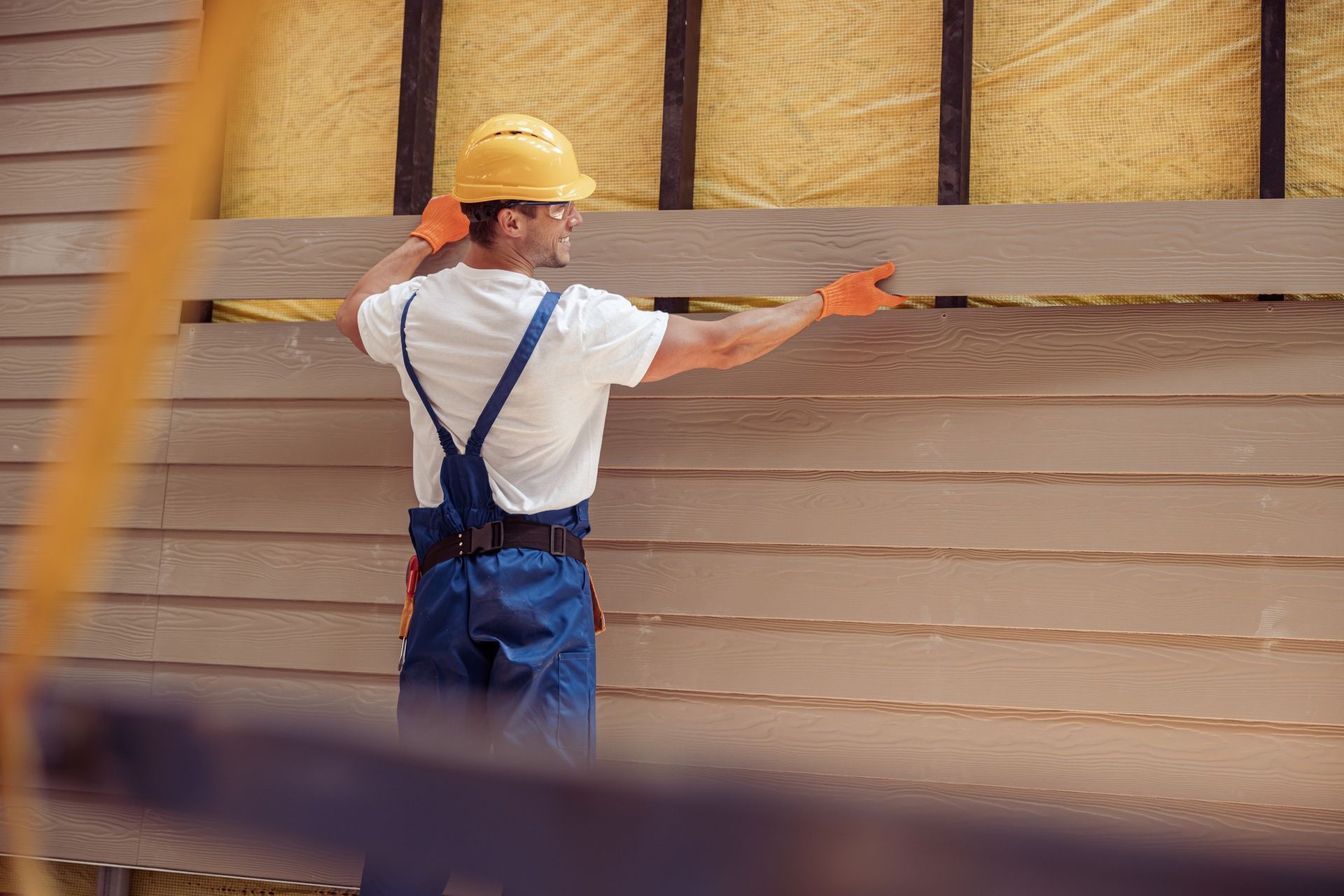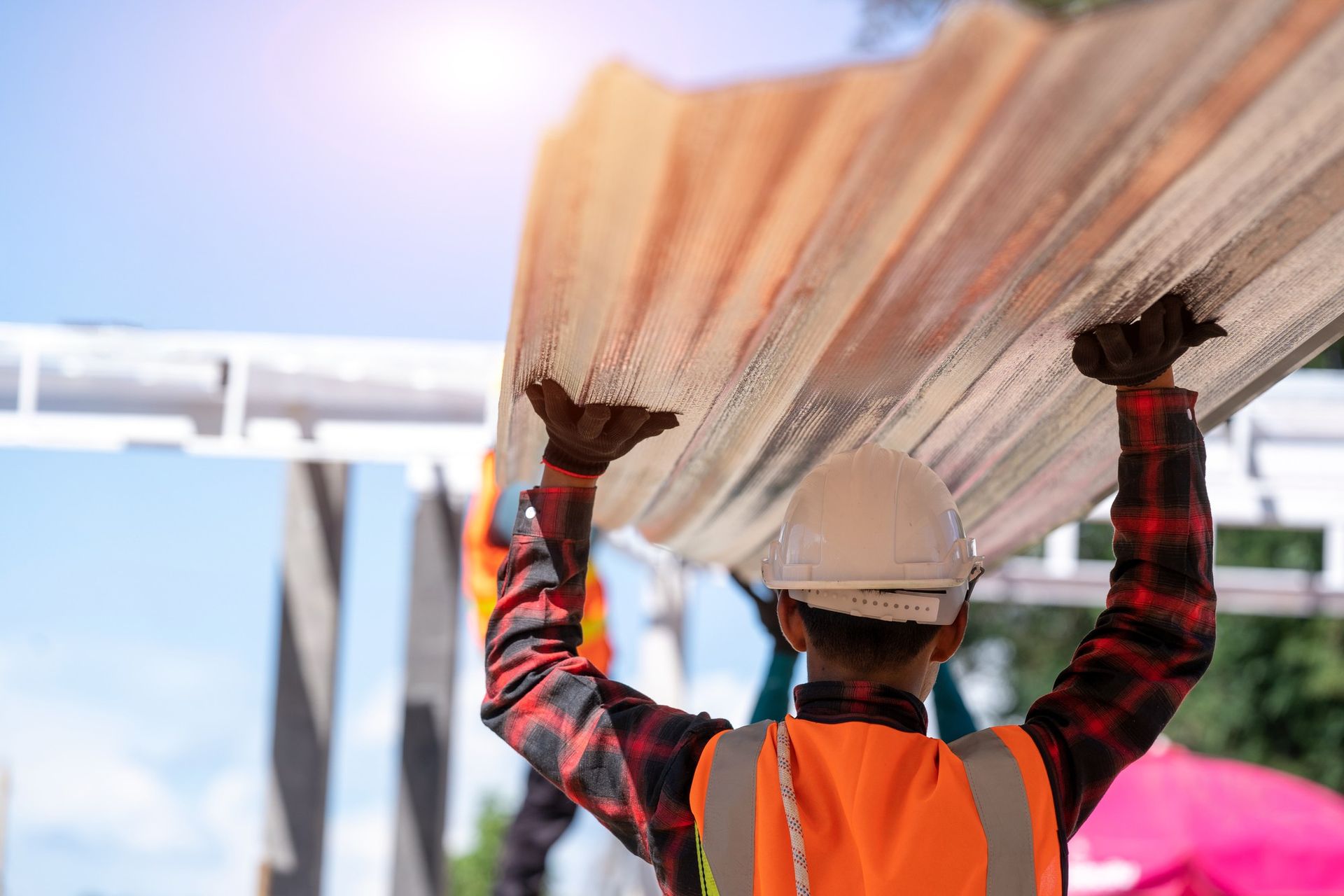10 Red Flags: How to Spot Poor Hardwood Floor Installation
Have you recently had a new hardwood floor installed and something just doesn't feel right under your feet? You're not alone. Many homeowners find themselves in a fix after the buzz of a renovation fades, leaving behind the echo of footsteps on a not-so-perfect new floor. Identifying the signs of bad hardwood floor installation can save you from a sea of troubles down the road. In this article, we'll guide you through the top ten warning signals that your gleaming planks might not be as well-set as you hoped. Keep your eyes peeled, because we’re about to dive deep into the world of hardwood floors and ensure you’re equipped to spot a dodgy installation from a mile away.
10 Signs of Hardwood Installation Missteps
1. Uneven Boards and Gaps
Envision the perfect hardwood floor — each plank a uniform soldier in line, no gaps, no awkward steps. Now, if reality shows you a floor where boards jut out like jagged teeth and gaps wide enough to harbor your finest pens, you're looking at a problem. Uneven boards are not merely a cosmetic nuisance; they are harbingers of potential tripping, uneven wear on the wood, and even pest intrusion. Such signs of bad hardwood floor installation are often the result of poor workmanship or rushing through the job. These imperfections can also be exacerbated by changes in temperature and humidity, further compromising the integrity of your floor. This not only disrupts the aesthetic flow but also invites moisture and debris, which can undermine the longevity of your investment.
2. Creaking and Popping Sounds:
A silent floor is a joy forever, but a creaky one can turn every step into an irritating reminder of something gone amiss. Hardwood floors are expected to be heard only in the gentle thud of a footfall, not a cacophony of creaks and pops. When your floor protests with every step, it's indicative of poor installation. Often, this acoustic annoyance is due to subfloor issues, incorrect use of nails, or even the absence of appropriate underlayment. The tranquility of a home can be significantly disrupted by these sounds, leading to a relentless search for peace that eludes every step.
3. Poorly Aligned Patterns:
The pattern of a hardwood floor should be a visual symphony, with each board contributing to a harmonious design. When this pattern is misaligned, it's akin to a discordant note in the melody of your home's design. Such misalignment not only disrupts the flow and feel of a room but also speaks to the installer's lack of precision or care. A properly aligned pattern requires meticulous planning and execution; deviation from this indicates haste or inexperience in the installation process. Boards that zig when they should zag create an unsettling effect, detracting from the room's overall beauty and potentially decreasing property value.
In these first three signs, the devil is truly in the details. A floor that betrays such flaws can unravel the fabric of a home's charm and, more critically, signal the beginning of more serious
structural issues. As we continue to explore the other seven signs of bad hardwood floor installation, keep in mind that quality and attention to detail in the initial installation can save you a tremendous amount of time, money, and stress in the long run.
4. Incorrect Board Orientation
Board orientation is not merely about laying down planks; it’s about crafting a sense of unity and space within a room. When boards are laid out without thought to the room's dimensions, the effect can be jarring. A misplaced sense of direction can make a room feel narrower or shorter than it actually is, disrupting the natural flow and balance one expects from premium flooring. The right orientation should complement the shape of the space, often running parallel to the longest wall to accentuate the room's proportions. If you walk into a room and your eyes are immediately drawn to how the boards funnel your view awkwardly to one corner, this is a classic hallmark of installation without foresight.
5. Improper Subfloor Preparation:
The subfloor is the canvas upon which the hardwood masterpiece is painted. If this canvas isn’t flawless, the final artwork will undoubtedly suffer. A hardwood floor is only as good as the preparation of the surface beneath it. The subfloor must be level, clean, and stable. Skimping on this phase can lead to a host of problems like bouncing, squeaking, and uneven wear. Imagine stepping onto your floor and feeling a sense of movement or instability; it’s like the very ground beneath you isn’t quite settled. Such sensations are clear indicators that the subfloor wasn’t given the attention it deserved, laying the groundwork for future complications.
6. Excessive Glue or Nails:
There’s an art to securing hardwood floors, a balance between too much and too little. When you find glue oozing out from between planks or hear the metallic chorus of too many nails as you walk, it’s a sign that the installation was more about brawn than brain. Excess glue can make the surface sticky, attract dirt, and even seep onto the top layer, causing a mess that’s difficult to reverse. An overabundance of nails not only mars the wood's natural beauty but can also compromise the structural integrity of the floor, leading to problems that may not be immediately apparent but can cause significant damage over time. An expertly installed hardwood floor is like a well-tailored suit – everything fits just right, with no excess or lack.
As we delve deeper into each aspect of hardwood floor installation, remember that the goal is to create a floor that feels as good as it looks. A floor that doesn't just make a statement of style but also speaks volumes about the
quality of its installation. By keeping an eye out for these telltale signs, you can ensure that your hardwood floors will be a source of pride and joy for many years to come.
7. Insufficient Expansion Gaps
Hardwood floors need room to breathe, expand, and contract with the changing seasons. Without proper expansion gaps around the perimeter, your floor could buckle like a bronco or swell like a sponge. If you see your floor puffing up along the edges or if doors suddenly scrape the floor, these are critical signs of bad hardwood floor installation that can't be ignored.
8. Inconsistent Finishing Quality
A finish should be the invisible cloak that shields your floor from the spills and thrills of everyday life. Patchy or rough finishing can leave your floor vulnerable and looking like it's been through the wringer. It should be smooth, consistent, and practically imperceptible. Anything less means the job wasn't up to snuff.
9. Disregard for Moisture Testing
Moisture is the nemesis of hardwood floors. Installers worth their salt will test for moisture levels to ensure the wood won't warp or twist. If you’re witnessing a floor that looks more like an ocean wave than a flat surface, chances are moisture testing was skipped. This oversight is a big no-no and a sign that your floor’s longevity is at risk.
10. Lack of Warranty or Guarantee
Finally, if the company that installed your floor didn’t offer a warranty, think twice. A warranty is a badge of honor, showcasing confidence in workmanship. Its absence may indicate that the installers have left you high and dry with a floor that could give out sooner rather than later.
Conclusion:
Keeping these ten red flags in mind will arm you with the knowledge needed to ensure your hardwood floor remains a source of pride, not frustration. Whether you're admiring your floor's beauty or scrutinizing it for these signs of bad hardwood floor installation, it's always better to be informed and vigilant. Should you spot any of these issues, don't hesitate to reach out to a professional for a second opinion. Your floor is not just a surface but the foundation of your home's character and comfort.
At
Seaboard Building & Restoration, Inc., we understand the importance of flawless floor installation. As the best service provider in Linwood, NJ, we take immense pride in ensuring that every plank and panel reflects nothing but excellence. With us, those troubling signs of bad installation become a thing of the past. If you find yourself facing any of the aforementioned concerns, it's time to call the experts. You can reach us directly at
856-534-0132, where our team is ready to restore your peace of mind.
Don't let a few planks gone awry disrupt your peace of mind. If you have identified any of these warning signs in your hardwood floor, take action. Contact Seaboard Building & Restoration, Inc., a reputable floor installation service, to assess and address the issues. And remember, a well-installed hardwood floor isn't just a feature of your home; it's a cornerstone of your abode's elegance and durability. We're not just fixing floors—we're laying the groundwork for your home's future memories. Keep those floors fabulous, and with our help, they'll keep your home grounded in style and quality.
